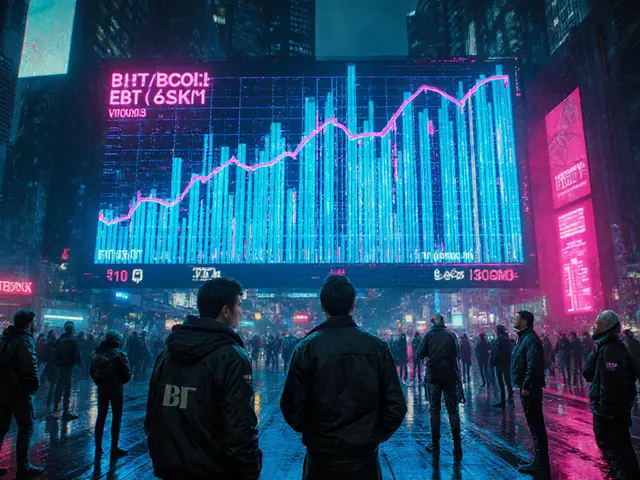Syria Sanctions and Crypto: How Blockchain Tracking Affects Restricted Regions
When we talk about Syria sanctions, economic restrictions imposed by the U.S., EU, and other nations to limit financial support to the Syrian government and affiliated groups. Also known as Syrian financial restrictions, these measures block banks, exchanges, and payment processors from doing business with Syrian entities. But crypto doesn’t care about borders — and that’s where things get messy.
People in Syria, or those helping them, sometimes turn to crypto to move money, buy food, or pay for medical supplies. But using crypto under sanctions isn’t just risky — it’s being watched. Blockchain forensics, the practice of tracing cryptocurrency transactions using public ledger data and AI tools. Also known as crypto tracing, it’s how agencies like the Treasury’s OFAC find hidden flows. Tools from Chainalysis, Elliptic, and others can link a wallet used in Syria to a known sanctions violator — even if that wallet changed addresses ten times. This isn’t science fiction. In 2023, the U.S. froze over $100 million in crypto tied to Syria-linked actors.
That’s why so many fake crypto projects — like Libre Swap or IslandSwap — pop up in places under sanctions. They promise easy access, no KYC, and fast payouts. But they’re not helping. They’re traps. These platforms often have zero audits, no team, and fake volume — designed to steal funds from people who have no other options. Sanctions evasion, the act of bypassing financial restrictions using digital tools like crypto or P2P networks. Also known as crypto circumvention, it’s a legal minefield. Even if your intent is humanitarian, using unregulated platforms can put you on a watchlist. And once you’re flagged, your entire crypto history — even wallets you thought were private — can be exposed.
It’s not just Syria. The same patterns show up in Iran, North Korea, and Venezuela. And the tools used to track them — like token bonding curves, blockchain analytics, and on-chain intelligence — are getting smarter every year. What you see in a post about Bangladeshis using VPNs to trade crypto? That’s the same desperation driving activity in Syria. But without legal infrastructure, the risks are higher and the scams are deadlier.
So what’s real? What’s a scam? And how do you tell the difference when you’re under pressure? The posts below dig into exactly that. You’ll find breakdowns of crypto exchanges that look legitimate but aren’t, deep dives into how authorities trace funds, and warnings about tokens that have zero value but still lure people in. This isn’t theoretical. These are real cases. Real wallets. Real losses.




